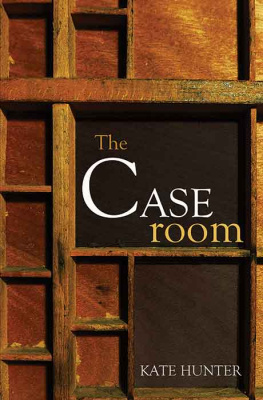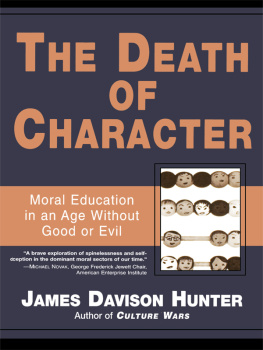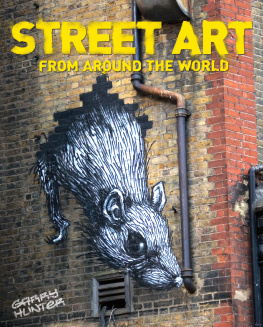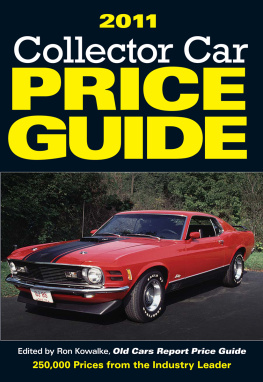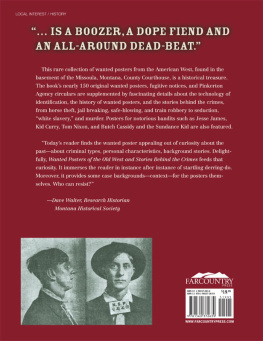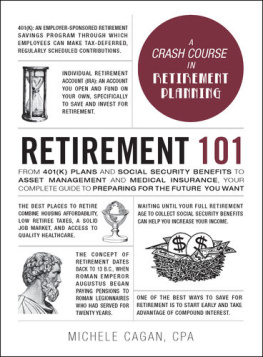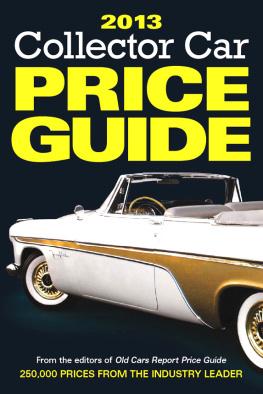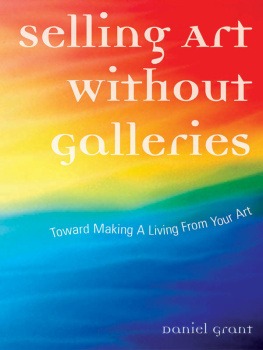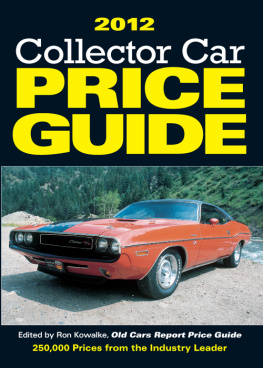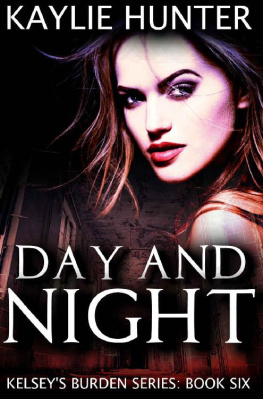CONTENTS
Introduction
When I was twenty, I bought my first piece of real arta Matisse linoleum print at a Paris gallery. It wasnt hugely expensiveless than $1,000but it was a lot of money for me at the time. I had to live on powdered soup for a month to afford it. Soon afterwards, I went to a museum exhibit of Matisse prints and discovered that my version had been printed upside down! The seal and numbering were on the wrong side of the image. With some research, I figured out that I owned a posthumous reprint, not an original. Someone other than Matisse had used the artists old printing plates to produce the printsomeone who hadnt bothered to determine, literally, which way was up.
I was mortified. After all, Id studied art history in college and thought I knew a lot about art: names, dates, historical movements, and what made a painting great. I even knew to buy from a reputable dealer, which I thought I was doing. So where did I go wrong? Somehow, all my previous museum-going and pretentious undergraduate term papers hadnt prepared me to answer the simplest art question of all: Is it real?
A well-meaning friend tried to comfort me by suggesting that it didnt matter that my print wasnt an original Matisse. As long as I liked it, thats all that mattered. But a funny thing happens when you discover that youve overpaid or bought a fake: Suddenly you dont like the art anymore. It becomes embarrassing rather than pleasurable.
This experience taught me a valuable lesson: There is a lot more to buying art than simply recognizing major artists and knowing what you like. I was determined not to get burned again.
Fortunately, I had a lot of opportunities to learn about connoisseurship. For more than a decade, I worked as an editor and publicist for museums, where curators kindly endured my endless questions and even let me examine valuable artworks close up. Through writing about art, I also interviewed top experts and artists. On my own, I visited galleries and auction viewings and read the major art publications, clipping articles about connoisseurship and pricing until I had mounds of papers in boxes.
I quickly realized that every field of artpaintings, prints, photography, tribal art, to name a fewhas its own quirky criteria that experts use to determine whether a piece of art is authentic and valuable. In addition, every field has its own notorious fakes and gimmicks. So every time I wanted to branch out and buy in a new area, I had to read a big stack of books and magazine articles.
I kept complaining that someone ought to write a simple-to-use guidebook for buying different types of art. Most people arent building specialized collections. Theyre buying art for their homes, and they may want such disparate things as vintage travel posters, African masks, and Navajo rugs. They shouldnt have to read forty specialist books to be able to decorate their living rooms. Eventually, my husband, who was tired of my grousing (and alarmed by the growing stacks of notes and articles taking over our loft), suggested that since I already made a living writing about art, perhaps I should write such a book myself.
Tentatively, I began to ask dealers, curators, and other experts if they would be willing to help. The response was overwhelming. Dozens of experts, people who normally spend their days selling Rembrandts or curating exhibits, graciously took the time to discuss how novice collectors with limited budgets should start building an art collection.
Why Buy Original Art?
With reproductions so readily available and inexpensive, you might wonder why you should pay extra to own original art.
Original, handmade art is special. Even in well-made reproductions, its unique qualities are lost. If you see a poster of Van Goghs Starry Night, for example, it will just look pretty. The original, with its intense swirls of thick paint, is overwhelming and even disturbing. You cant take your eyes off it. Museums sell reproductions as souvenirs, to help you remember the experience of seeing the real thing, not to replace the original. Think of it this way: Is seeing a travel poster of Tuscany as good as being there in person to admire the view? Its the same with art. You buy it for the experience, for the sensual and intellectual pleasure it gives you.
Perhaps youre also interested in buying original art as an investment. Art collecting can be both pleasurable and profitable, but youll have to put in the same kind of research you would for any other investment. The art market is a bit like the stock market: There are blue-chip artists whose works are in constant demand and are generally considered sound investments, and there emerging artists, newcomers who, like emerging stocks, may zoom up in value or fall off the board altogether. Then there are the slow-but-steady investments that have few risks but only modest increases. Youll have to decide how speculative or safe you want to be, or whether the art market is even the best place for you to invest. In the end, the purpose of art isnt to make moneyand most reputable dealers will advise you not to buy art for investment alone.
On the other hand, when youre spending a months salary for a picture, you naturally want to know what it might be worth in the future. You may be willing to spend more for something that promises to hold its value, or you might pass up a piece thats too expensive to buy just for your own pleasure. This book will help you learn to tell the difference, so you can make an informed choice.
If you have a modest budget, you might assume that art investment isnt even an option, that only the most expensive artiststhe Rembrandts and Monets and Picassosare solid investments. This was the conventional wisdom for decades. Recently, however, a study by two economists found that the bottom third of the established art market consistently performs better than the upper two-thirds. (See my interview with Michael Moses at the end of this introduction.)
The key to making a wise investment is to buy the best quality you can afford in your price range. Being on a budget does not mean that you cant own good original art!
Becoming an Intrepid Collector
Many peopleeven those who love art and regularly go to museumsare too intimidated to buy original art. They worry that the art world is too snobbish for them, or that theyll be duped into spending money on something worthless. But it doesnt have to be that way. The legitimate art market is actually on your side. Reputable dealers and auction houses want collectors to be educated, and they have plenty of safeguards and guidelines to help you make intelligent purchases. You merely need to know what they are.
The chapters and interviews in this book take the mystery out of the art-buying process, so youll know what to look forand mistakes to look out forin whatever type of art interests you. Youll learn what makes that particular type of art valuable, how authenticity is determined, and who are the most commonly forged artists in that field. Youll learn how to negotiate with dealers, how to buy in an auction, how to preserve your art. Most important, youll learn how to evaluate a work of art yourself, so youre not depending on the sellers word anymore.
The Intrepid Art Collector is intended as a handy reference to help you start your own collection. If you want an overview of the art market, read the whole book. If you already know what type of art you like, jump straight to the chapters that interest you. Maybe you already know a lot about, say, oriental rugs, but have never bought at auction. Feel free to skip around. Then take the book with you when youre shopping for art. When you see something you like, go through the checklist at the end of the relevant chapter to evaluate authenticity and value.



